#hatchbacks
New Pricing, More Content Bound for the Updated 2018 Honda Fit
The current-generation Honda’s Fit is considerably less adorable than previous incarnations, but still a vehicle that’s easy to recommend to those with a specific price point and varied needs — especially if they also do all their driving in the city. However, it wasn’t perfect and rationalizing its purchase became difficult as upmarket models offered more car for less money.
For 2018, Honda has updated the subcompact Fit with driver-assist features, new looks, and some mild performance accoutrements for a not-unreasonable amount of cash. It doesn’t necessarily make it a better buy than the Civic you’ve been considering, but it should be enough to make the Fit deserving of a second look.
Don't You Dare Call the Volkswagen Arteon, the CC's Replacement, a Hatchback
Humpback. Tailback. Silverback.
Paperback. Greenback. Kickback.
Payback. Setback. Buyback.
Notchback. Liftback. Hatchback.
Fastback.
Elmar-Marius Licharz, the director of mid and large car model lines at Volkswagen, makes it very clear that the 2018 Volkswagen Arteon, a successor to the Volkswagen CC, is not a hatchback.
2018 Hyundai Elantra GT First Drive Review - Sidle Up to the Hatch Buffet
Years back, a neighbor of mine worked as an electrician’s apprentice while we both occupied different corners of a sketchy four-plex. Good guy. When an emergency arose, especially if the emergency was a sudden lack of tape, this was your man.
Anyway, with barely enough cash to buy beer on weekends, let alone a half-decent used pickup, the tools of his trade journeyed to the job site in a roomy, economical, and seemingly indestructible four-door liftback. It was, of course, a first-generation Hyundai Elantra GT, only with the contents of a small hardware store filling the area aft of the front seat.
A useful, if tepid, vehicle then, but one far more worthy of the GT moniker now.
The Korean automaker launched the Elantra GT in 2001, and has no intention of dropping the useful compact hatchback from the marketplace anytime soon, even though its U.S. executives required a dose of friendly Canadian persuasion to keep it alive south of the 49th parallel (according to Hyundai Canada brass). The pressure paid off, leaving Americans with yet another option in the “hotter hatch” segment.
No longer is the GT a one-engine affair, nor is it likely to continue as an afterthought in the minds of consumers. For 2018, Hyundai chose to spread the widest possible net with its newly enlarged hatch, hoping to lure would-be buyers away from better-known rivals while offering a sportier alternative to small crossovers.
The New 2018 Hyundai Accent Kills America's Accent Hatchback
Revealed in Canada earlier this year, the fifth-generation 2018 Hyundai Accent will not be offered in the United States in hatchback form.
In formally announcing the discontinuation of the Hyundai Azera in the company’s product lineup release yesterday, Hyundai also provided a level of detail regarding the 2018 Accent. Standard is a five-inch touchscreen; a seven-inch screen with Android Auto/Apple CarPlay is available. In a first for subcompacts, Hyundai’s Smart Trunk Release will have you waving your toes at the Accent’s bumper.
But in surprisingly harsh language from its own maker, Hyundai says the Accent’s “hatchback body style has been dropped.”
Dropped.
Like a client who doesn’t pay. Dropped. Like a walk-on who couldn’t crack a roster full of future NBAers. Dropped. Like an unnecessary subcompact bodystyle in a subcompact market that’s down 19 percent so far this year.
2018 Honda Fit: Fitter, Happier, More Productive
Hold on, you say. That’s just the same old Honda Fit. Wrong. You’re not looking close enough.
While the mid-cycle refresh of Honda’s diminutive-yet-roomy subcompact hatch retains much of the previous Fit’s design hallmarks, the automaker has seen…fit…to make the model more noticeable.
The third-generation Fit bowed in 2014 as a 2015 model year vehicle, offering a single powerplant and two efficient transmissions for not much money less than the larger Civic. Now that Honda’s compact sedan looks gigantic in comparison to its predecessors, the Fit can more comfortably occupy the subcompact segment.
2018 Toyota C-HR Review - Dividing Opinion Doesn't Get Any Easier Than This
Forget, if only for the next few minutes, the way it looks. You may hate it, you may love it. But don’t let your interpretation of the 2018 Toyota C-HR’s exterior angles cloud your judgement.
While you’re at it, set aside class designations, as well. Whether you, like me, consider the 2018 Toyota C-HR to be unqualified for “crossover” status because it’s missing all-wheel-drive availability, the C-HR is still positioned as a rival for front-wheel-drive HR-Vs, Renegades, Encores, and CX-3s, among others.
The Toyota C-HR was initially intended to form part of the Scion lineup in North America, but with that brand’s demise, Toyota wisely moved the C-HR into its own lineup. Slotted below the Toyota RAV4 with dimensions that all but mirror the old Toyota Matrix, the 2018 Toyota C-HR is a $23,495-25,435 hatchback that’s garnered more attention during its stay with me than any vehicle I’ve ever tested.
To my surprise, almost all of that attention was positive. But is the Toyota C-HR worthy of such attention?
2017 Subaru Impreza 2.0i Premium 5-Door Review - Not Just Competitive Because There Are Four Driven Wheels
There have been times when Subarus were good enough.
On top of being good enough, these Subarus were equipped with all-wheel drive as standard equipment. As a result, an increasing number of people purchased these Subarus, cars which didn’t excel in very many areas but which featured the all-wheel-drive system deemed so desirable by consumers in certain regions.
To be fair, not all Subarus were sold purely on the merits of being all-wheel-drive cars that were merely good enough in other ways. Forester XTs and WRXs, for example, weren’t simply decent AWD vehicles. Setting aside its desirable AWD system, the Subaru Outback has long been a high-riding wagon in a world largely devoid of high-riding wagons. Subarus have often been blessed with impressive crash test results, as well.
But was the Subaru Impreza — not only way back in first-generation form but even in its fourth iteration from 2011-2016 — an attractive proposition if not for its AWD appeal? Sure, it was good enough, but not by much.
Yet as of the 2017 Subaru Impreza’s launch, as of the arrival of this fifth-generation Impreza, the Subaru Impreza is finally strong enough to stand on its own two feet. Albeit still with four driven wheels.
2016 Hyundai Veloster Turbo Review – Five Years Old
Although the old adage operates with impeccable accuracy where I live, near the 45th parallel, the sign of a red sky in the morning lacks the same meaning closer to the equator where winds are less likely to blow west to east.
Likewise, in vehicular terms, there are signs that hold true in most corners of the industry but fail to prognosticate with perfect consistency across the board.
Apparently, against reasonable expectations and legends painted in the eastern sky, a supremely stiff suspension, weighty steering, and a Golf GTI-like weight-to-power ratio do not automatically result in the issuance of performance car credentials.
Hooked up to a dual-clutch transmission, the 2016 Hyundai Veloster Turbo isn’t all that quick, doesn’t corner with uncommon verve, and isn’t particularly enjoyable to engage on twisty rural roads.
But the Veloster looks the part, and it’s loaded with enough equipment to embarrass many a premium car. Oh, the conundrum.
Driving This 2016 Hyundai Veloster Turbo Tells Me We Need More Small Car Coachwork
The 2016 Hyundai Veloster Turbo I’m driving this week is not a great car. Ride quality is abysmal. The dual-clutch transmission chronically delays the actual act of transmitting. Present are a number of negative symptoms with which we associate “sportiness,” but few and far between are the dividends we expect to be paid in exchange for those negative symptoms.
Yet more than five years into its run, the Hyundai Veloster continues to produce healthy volume for Hyundai USA while also providing the market with something it lacks: unique, interesting, “sporty” proposals for the small car buyer who doesn’t want a ho-hum everyday sedan.
Remember when other automakers used to do the same? The Mazda MX-3, Nissan NX, Geo Storm/Isuzu Impulse and Toyota Paseo, for example — cars with humble foundations that reached higher with unique bodywork. We need more of that.
Forecast: American Honda Plans To Sell 40,000 Civic Hatchbacks Per Year
As 2017 Honda Civic Hatchbacks roll off ships on the Atlantic coast of North America, we’ve learned that Honda expects to send 40 percent of the company’s Swindon, England, Civic assembly plant output to North America.
In an article discussing the launch of the European-market Civic Hatchback at the upcoming Mondial de l’Automobile in Paris, Automotive News Europe says 20 percent of Civic Hatchback production will remain in the United Kingdom. Another 40 percent will head to the rest of Europe. ANE also says the United States “will take 40 percent of the 120,000-unit annual production, the company predicts.”
Long live the crossover? Honda’s about to put another 48,000 hatchbacks on North American roads.
Her Name Was Rio, and She Looks Bigger Than Before
Kia Motors has pulled the wraps off of its next-generation Rio subcompact ahead of its Paris Motor Show debut later this month, revealing a newfound love of straight lines that couldn’t be more different from the bulbous previous generation.
A longer, flatter hood, longer wheelbase, high beltline and upright C-pillar aim to make the 2017 Rio appear more mature and refined. Kia engineers adopted the 1950s “longer/lower/wider” approach for the redesign, as the hatch hits a growth spurt.
American Honda Believes Civic Hatchback Will Not Cannibalize Civic Sedan Sales
Not since the sixth-generation Honda Civic of 1996-2000 has American Honda made a hatchback available as a conventional part of the Civic lineup.
Yes, there was the British-built Civic hatchback of 2002-2005, but it was an Si-only model with limited appeal and little connection to the broader Civic lineup.
The new 2017 Honda Civic Hatchback that’s now reaching North American shores — it’s built at the same Swindon, England, plant as the aforementioned Civic Si — is another thing altogether. It’s not merely a two-door hatchback entry into the Civic fold, as the Civic hatch so often was in the distant past. Nor is the new Civic Hatchback exclusively meant to be a performance-oriented hot hatch, though it will form the foundation of North America’s first-ever Civic Type R.
No, the new, turbo-only, four-door Civic Hatchback closely mirrors the upper-trim levels of the established tenth-generation Civic lineup. Presumably, then, the new Civic Hatchback, with all of its flexibility and practicality and tailgate possibilities, will steal sales from the regular Honda Civic sedan and coupe?
Honda says no.
2017 Honda Civic Hatchback Gets Official: All Turbos, Manual Availability, Type R Promised
American Honda has wisely revealed studio images and announced a level of detail regarding its 2017 Honda Civic Hatchback. After pictures ( from an unfortunate angle) of the new car’s early shipment filtered to America last week, the tenth-generation’s third body style looks significantly better in Honda’s official shots.
Honda’s 1.5-liter turbocharged four-cylinder engine will power all U.S.-bound Civic Hatchbacks across LX, Sport, EX, EX-L, and Sport Touring trims. The LX, Sport, and EX will be available with a six-speed manual transmission. Until now, the 1.5T upgrade in the tenth-gen Civic was linked exclusively to a continuously variable transmission.
2016 Chevrolet Cruze Hatchback Planned For US Market Arrival
A hatchback version of the 2016 Chevrolet Cruze was shown to dealers at the brand’s national meeting in Vegas last week, with plans to sell it in North America.
QOTD: Why Don't We Like Hatchbacks?
So I was sitting around the house the other day and my mind started drifting to the Toyota Matrix. Do you remember the Matrix? This was a happy little Japanese 5-door hatchback that never really harmed anybody, except people with eyes who looked directly at the front bumper of XRS models.
No, I’m kidding. It wasn’t that ugly. Also not very ugly was its twin, the Pontiac Vibe, which was essentially the Geo Prizm of the modern era. What I mean by this is, it’s got Toyota running gear, and Toyota gas mileage, and Toyota reliability, but it’s two grand cheaper on Craigslist because everyone thinks it’s a Pontiac.
Now, these were, by all accounts, excellent cars. I mean, sure, they were dull. And they drove like economy cars. And they didn’t really have many features beyond power windows and a CD player. But in the early 2000s, this was about all you could want from a new automobile that cost like fifteen grand.
And yet people didn’t want it. The Matrix and Vibe went through one redesign together where they sort of lost the character of their shapes. And then, that was it: the cars were gone, Pontiac was gone, and Toyota sort of gave up on the hatchback game except the Yaris, which is a car that makes it seem kind of like Toyota gave up on the automobile game.
So what the hell happened?






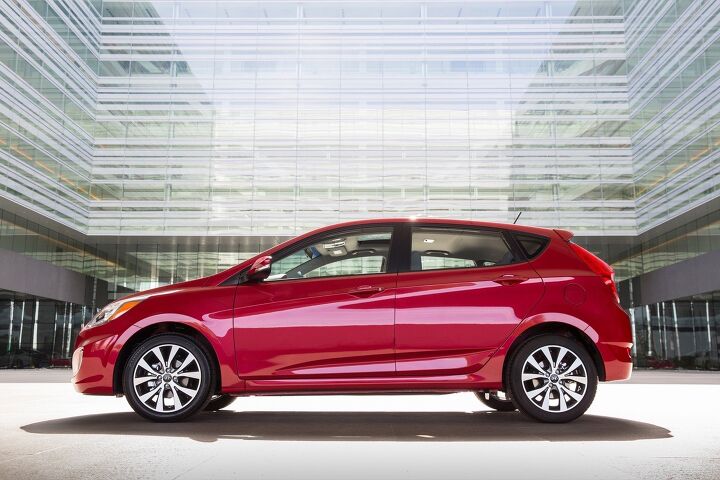
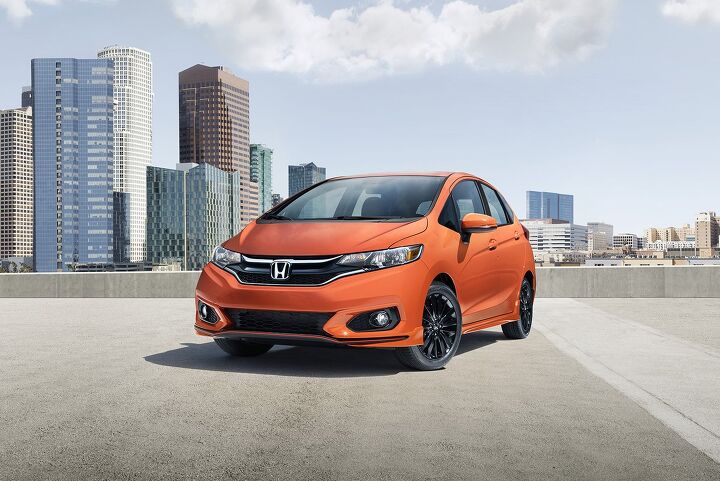



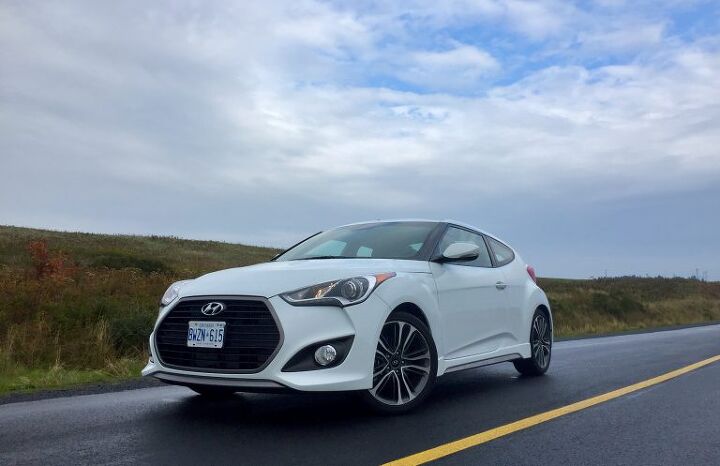


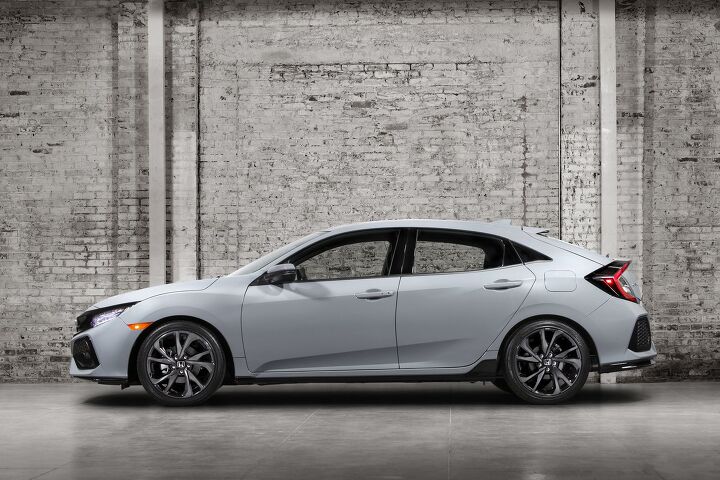
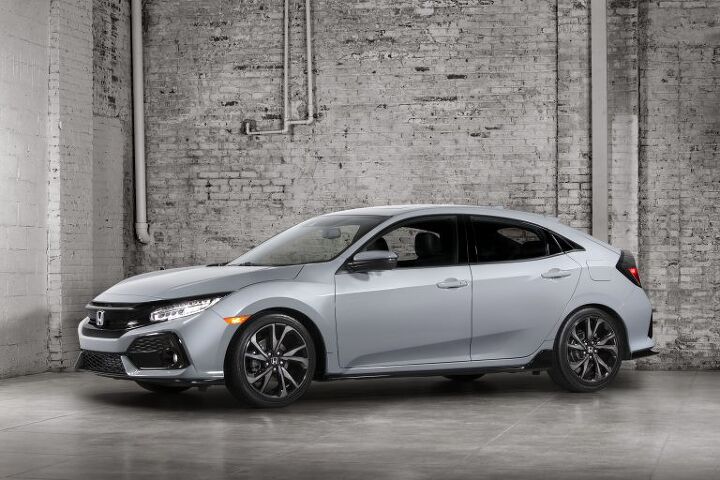














Recent Comments